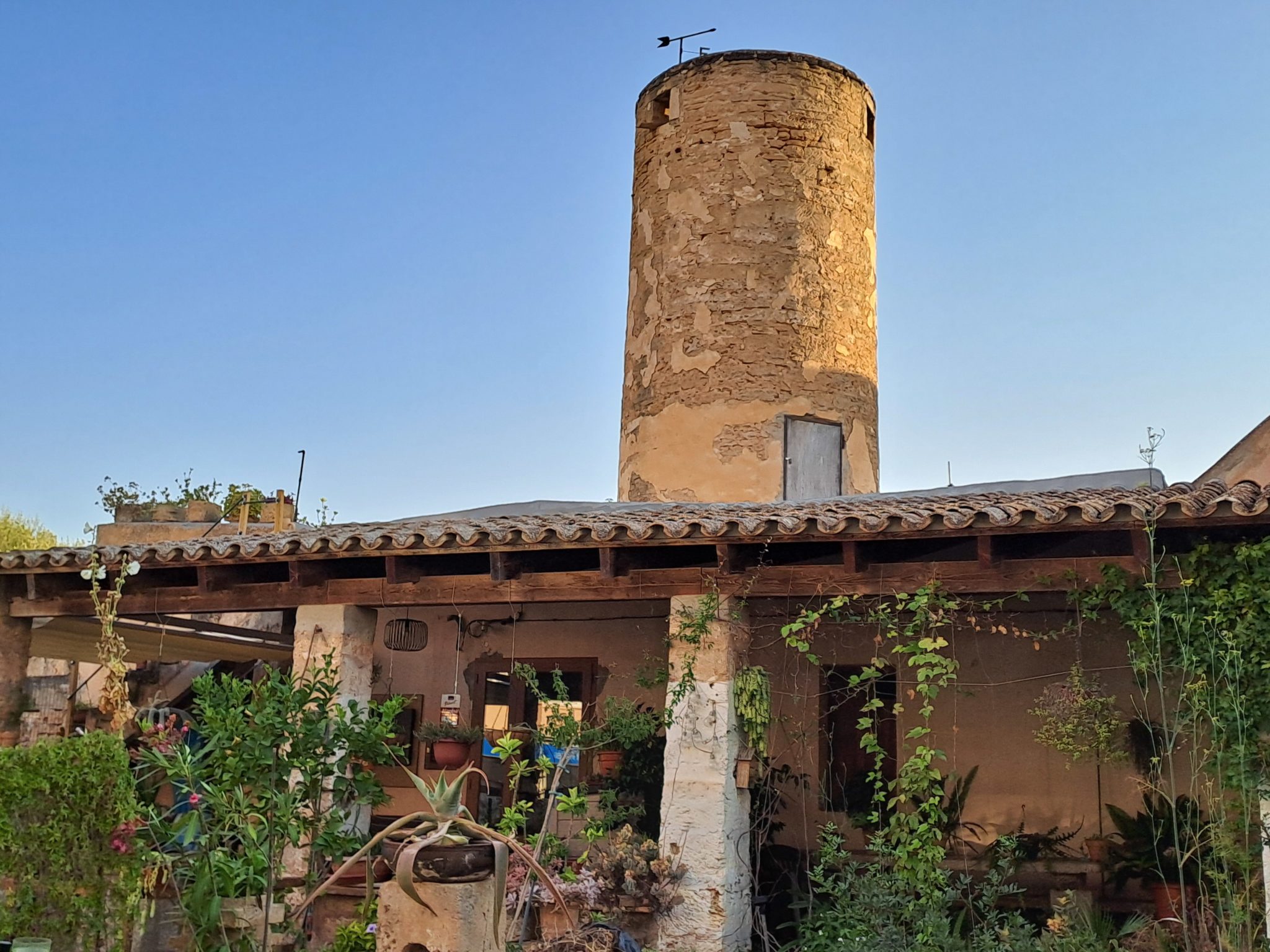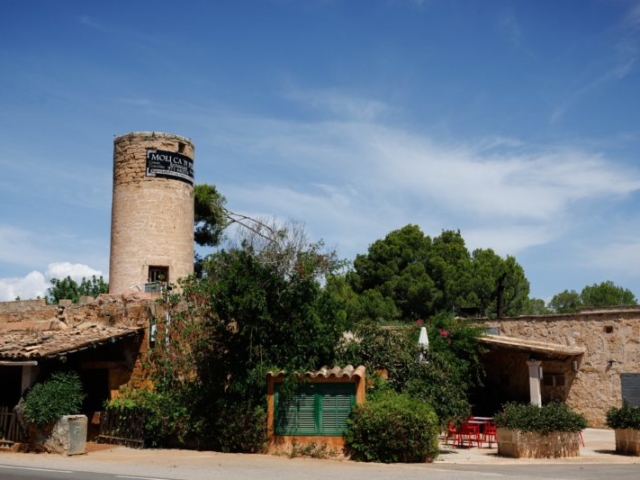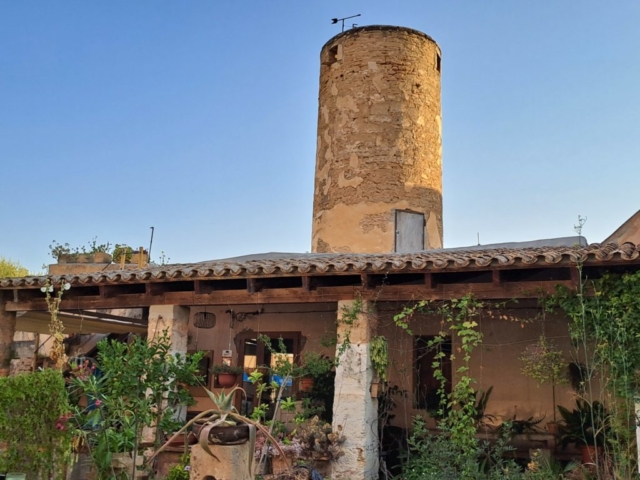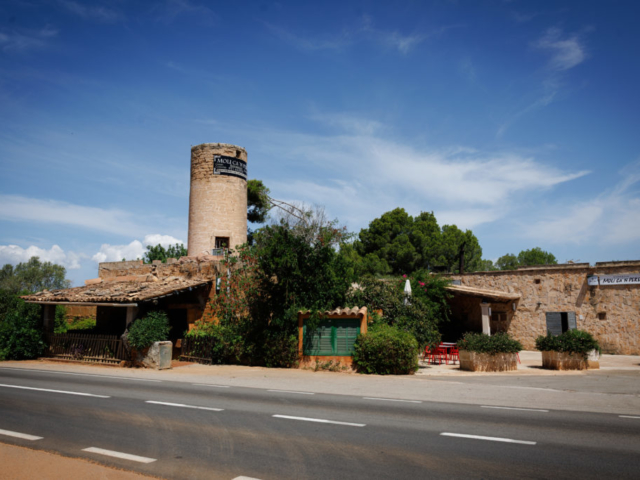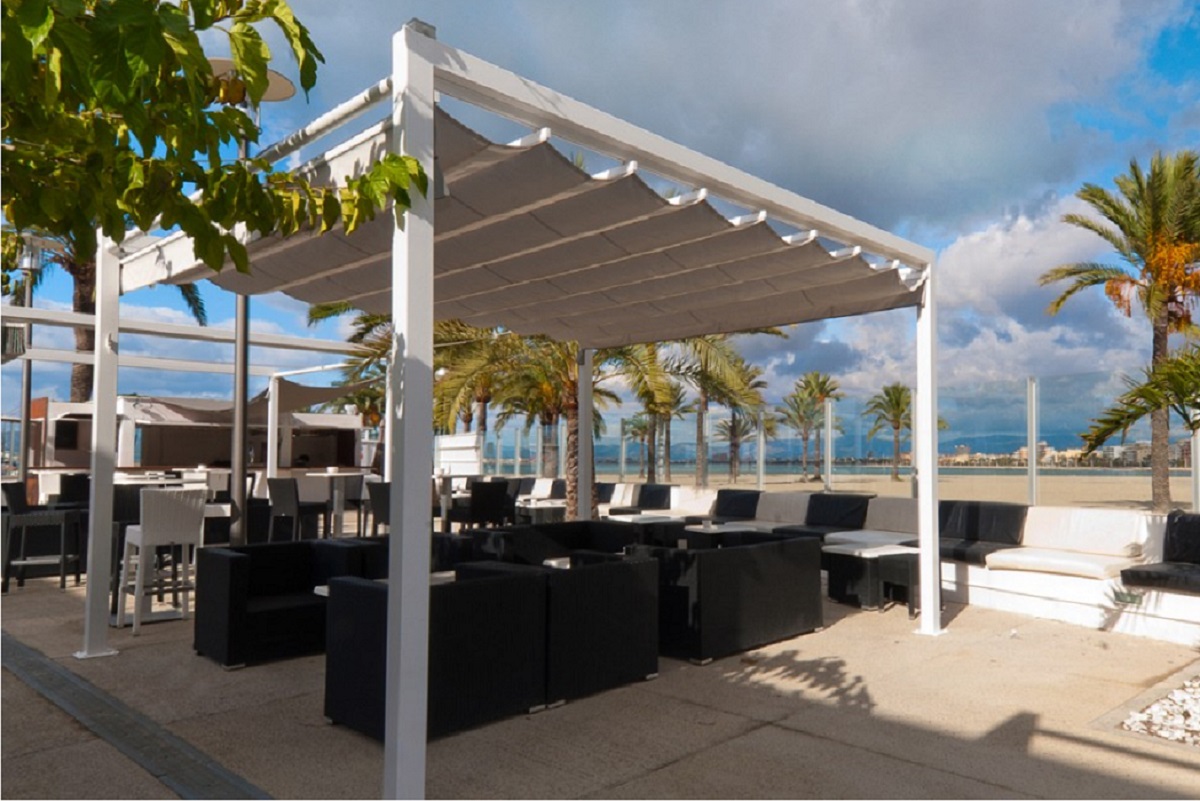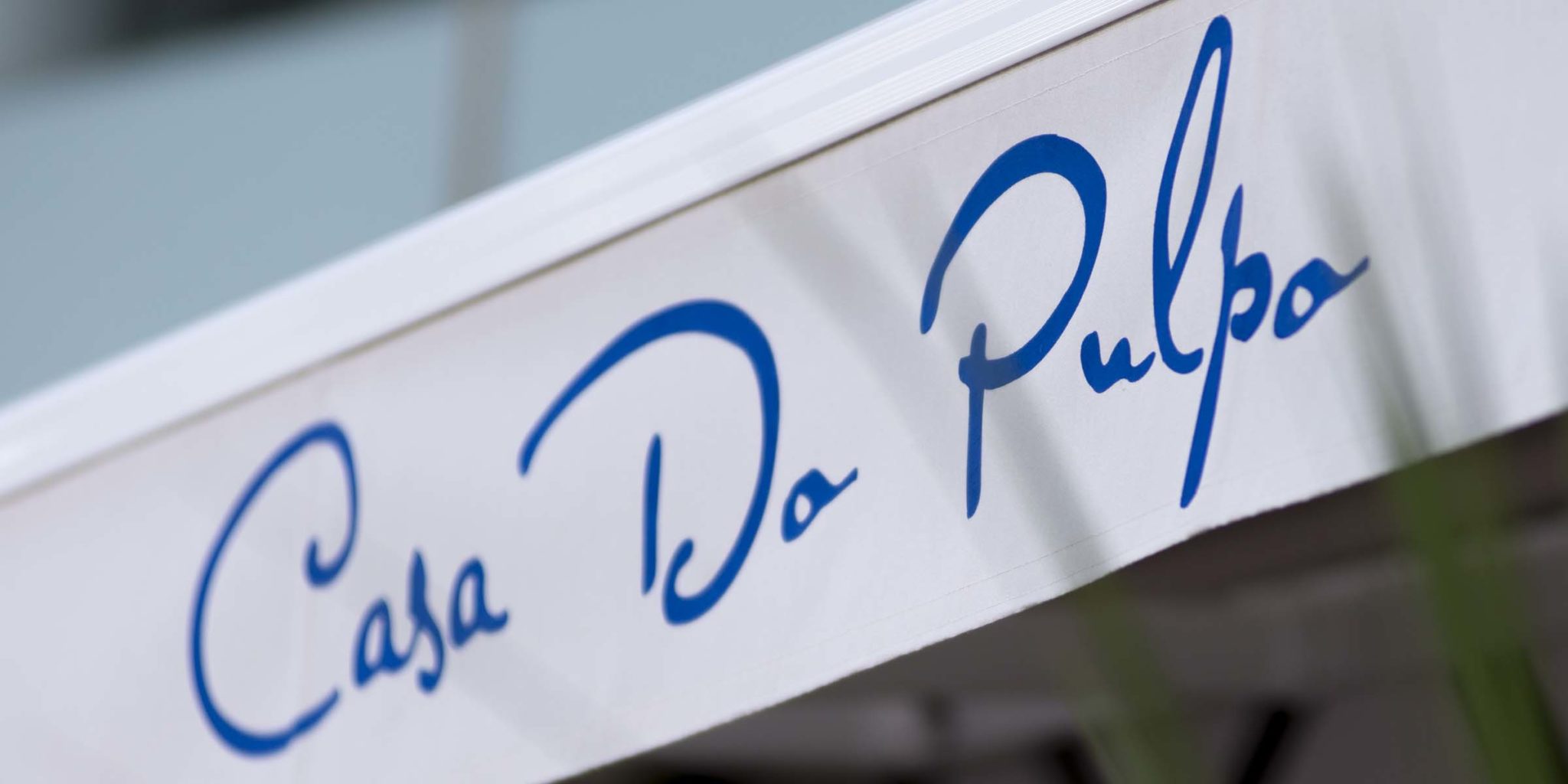In s’Arenal de Llucmajor there were mills with a curious purpose: they ground gypsum ore and also peppers to make paprika.
In the past, in the area of s’Arenal, and in the rest of Llucmajor, there were many areas where marès stone was extracted. Even today there are still some active quarries where blocks and aggregates are obtained for construction.
The blocks obtained from the quarries were transported by cart, boat, and, from 1916 onwards, also by rail. At the small pier, located on the site of the current Club Nàutic s’Arenal, the material was loaded onto boats that distributed it along the coast.
There were gypsum deposits in the Calvià area, so the boats that crossed the bay to load blocks of marès stone also took advantage of the trip to bring the raw mineral to s’Arenal, where it was baked in the ovens attached to the mills and then crushed. The quicklime obtained was then transported back to where it was needed.
One of these mills was located just in front of the church of Nostra Sra. de la Lactància. This mill, called Can Alegria, which no longer exists, was also reused to grind dried peppers and produce paprika. Strings of peppers hung in the sun on the facades of nearby houses to dry, spreading their characteristic smell until they were ready for grinding.
Another of these mills, the Molí de Can Pastilla, remains in place, a little further up the same street where the previous one was located, and can still be seen among the current buildings.
Both are located next to the old s’Algar road (now Sant Cristòfol Street), in the upper part of s’Arenal, where the breeze coming in from the sea could be better exploited due to the temperature difference in summer, the embat, and where the carts that would take the material to the sea or inland used to circulate.
There is a third mill on the edge of the same road, one kilometer from the latter (now the Ma-6020 road), the Molí de Can Pere, which is now a restaurant. Right next to it are the only two remaining huts that were used to store posidonia leaves. The carts transported them from the beach and stored them in these buildings for later use in agriculture and livestock farming.

